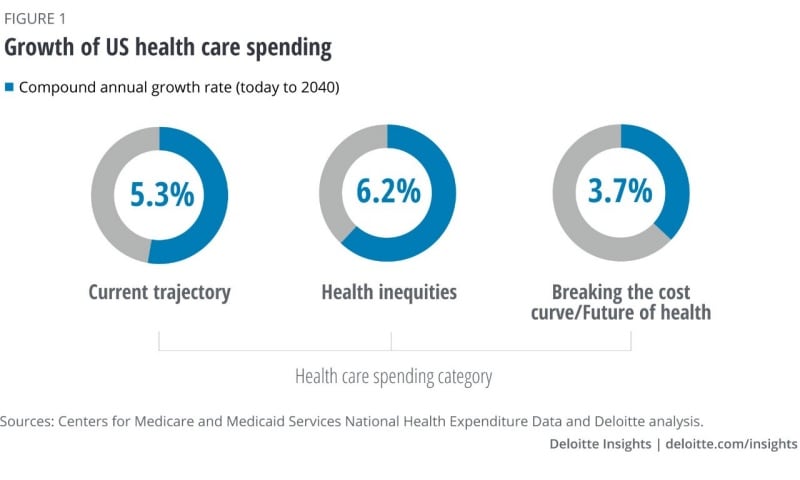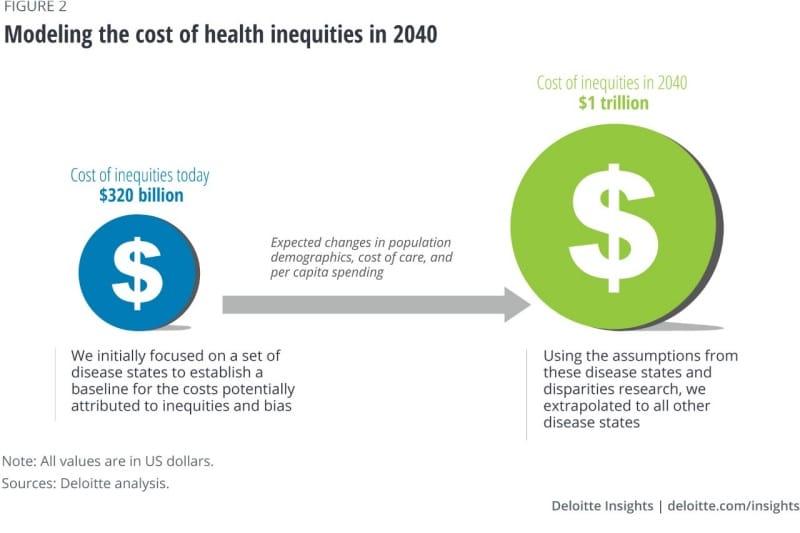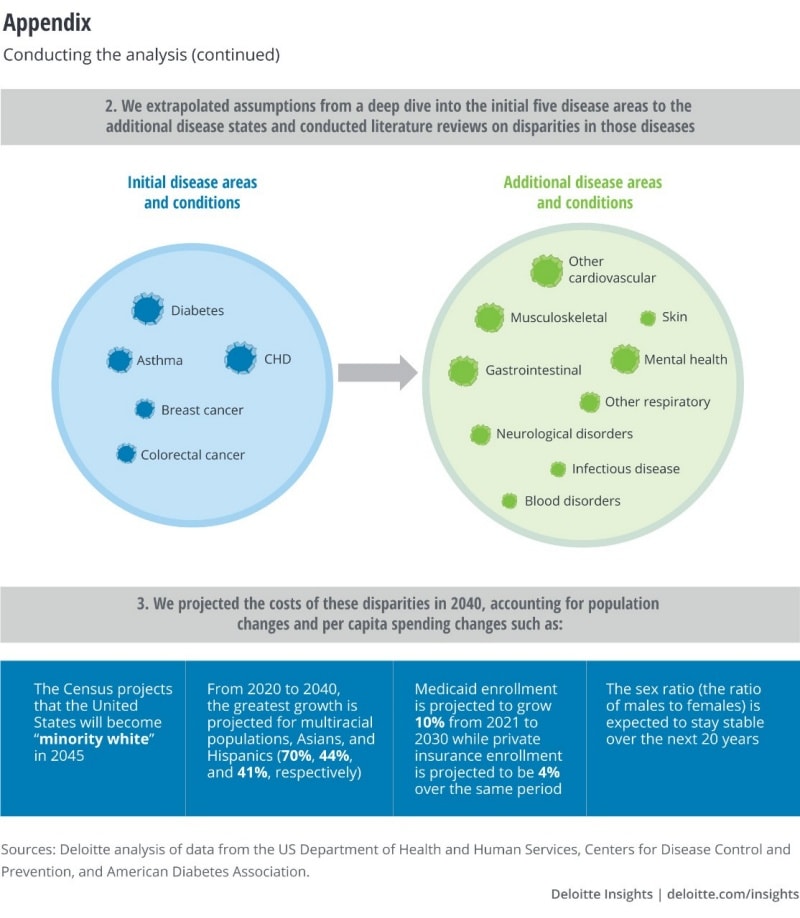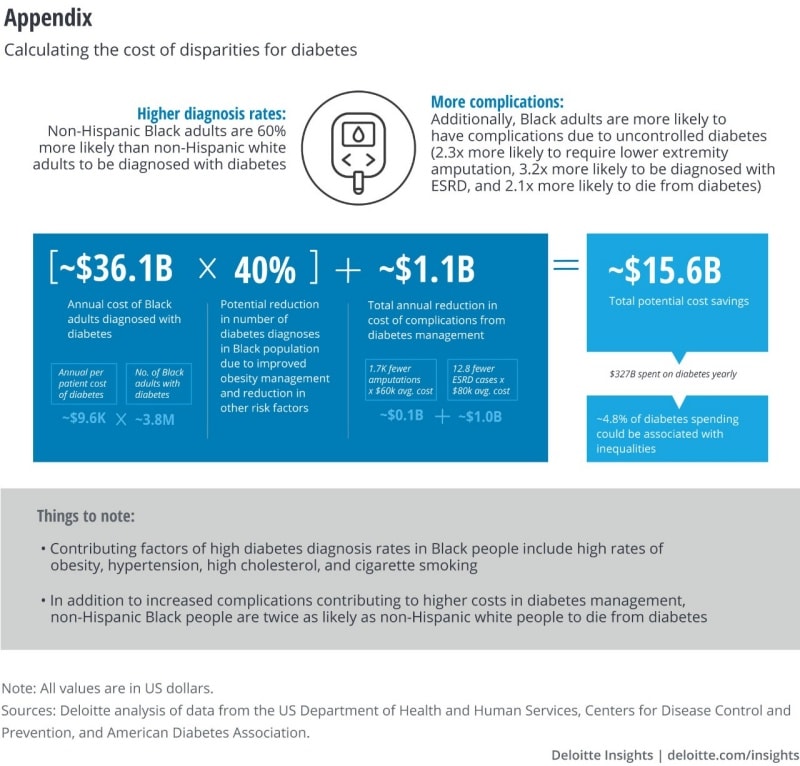Vetting the analysis with external experts
We conducted multiple small group discussions and individual interviews to review our analysis with external subject matter experts. We consulted with a group of seven academics, economists, health equity experts, and executives from health care and life sciences organizations. The panelists and interviewees reacted to the analysis estimates and added their perspectives on how we can achieve greater health equity. The experts include:
Samantha Artiga, director, racial equity and health policy program, Kaiser Family Foundation
Adaeze Enekwechi, PhD, MPP, operating partner, healthcare, Welsh, Carson, Anderson & Stowe
Darrell M. Gray, II, MD, MPH, FACG, chief health equity officer, Elevance Health.
Lovisa Gustafsson, vice president, controlling health care costs, The Commonwealth Fund
Anupam B. Jena, MD, PhD, Ruth L. Newhouse professor of health care policy, department of health care policy, Harvard Medical School
David Meltzer, MD, PhD, director, The Center for Health and The Social Sciences, University of Chicago
Pierre R. Theodore, MD, vice president health disparities, Johnson & Johnson Global Public Health
The executives’ participation in this article are solely for educational purposes based on their knowledge of the subject and the views expressed by them are solely their own. This article should not be deemed or construed to be for the purpose of soliciting business for any of the companies mentioned, nor does Deloitte advocate or endorse the services or products provided by these companies.
This publication contains general information and predictions only and Deloitte is not, by means of this publication, rendering accounting, business, financial, investment, legal, tax, or other professional advice or services. This publication is not a substitute for such professional advice or services, nor should it be used as a basis for any decision or action that may affect your business. Before making any decision or taking any action that may affect your business, you should consult a qualified professional adviser. Deloitte shall not be responsible for any loss sustained by any person who relies on this publication.
























